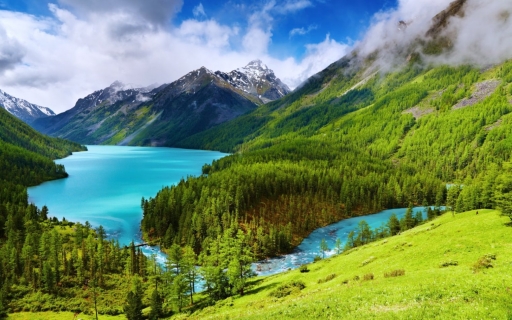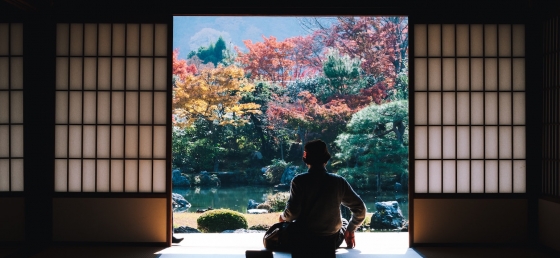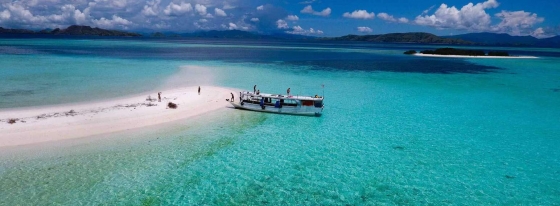Gobi desert Weather and Climate: A Comprehensive Guide
The temperature in Gobi desert can vary greatly throughout the year.
The temperatures shift from warm
to very cold.
The city sits in an arid zone with minimal moisture.
Now, let’s break down all the climate details for a clearer picture.
Average maximum day and minimum night temperature
Depending on the time of the year, temperatures range from comfortable to very cold in Gobi desert. Average daytime temperatures reach a comfortable 28°C in July. In January, the coolest month of the year, temperatures drop to a very cold -10°C.
At night, you can expect cooler temperatures, with averages dropping to around -23°C during this month. Check out our detailed temperature page for more information.Temperature ranges by month
Precipitation and rainy days
Gobi desert has a dry climate with very low precipitation, averaging 180 mm of rain/snowfall annually. Gobi desert can be quite wet during July, receiving approximately 43 mm of precipitation over 14 rainy days. In contrast January, experiences much drier conditions, with 2.4 mm of snowfall, spread across 3 snowy days. For more details, please visit our Gobi desert Precipitation page.The mean monthly precipitation over the year, including rain, hail and snow
clear and no rain clear and no rain partly cloudy and no rainForecast for Gobi desert
Select a Month of Interest
Check the conditions for any month of the year.
The best time of year to visit Gobi desert in Mongolia
During the months of June, August and September you are most likely to experience good weather with pleasant average temperatures that fall between 20°C and 26°C.Other facts from our historical weather data:
The coldest season / winter is in the following months: January, February, November and December.
July has an average maximum temperature of 28°C and is the warmest month of the year.
The coldest month is January with an average maximum temperature of -10°C.
July tops the wettest month list with 43 mm of rainfall.
January is the driest month with 2 mm of precipitation.
No idea where to travel to this year? We have a tool that recommends destinations based on your ideal conditions. Find out where to go with our weather planner.




